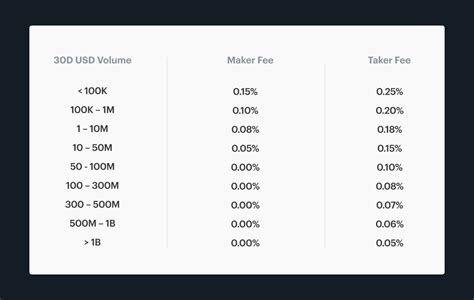“The Crypto Dance of Decentralized Finance and Exotic Trading Strategies”

In the financial markets, few concepts have captivated traders and investors quite like cryptocurrencies like Bitcoin and Ethereum. These digital currencies have been heralded as a game-changer for the global economy, offering a decentralized alternative to traditional fiat currencies. But what exactly are these new currencies and how do they work?
Fiat currency is money that has no intrinsic value other than its ability to be exchanged for goods and services in a market economy. It is backed by governments or central banks and can be easily converted into other forms of money through the exchange rate mechanism. Fiat currency systems have been around since ancient times, but cryptocurrencies are a new phenomenon with some fundamental differences.
One of the most striking features of cryptocurrencies is their decentralized nature. Unlike fiat currencies, which are issued and controlled by governments or central banks, cryptocurrencies are created by networks of computers that confirm transactions using complex algorithms. This means that there is no central authority controlling the supply of cryptocurrencies, and transactions can occur instantly, without intermediaries.
Cryptocurrencies such as Bitcoin and Ethereum have become popular in recent years due to their perceived security, decentralization, and potential for high returns on investment. However, they are not without risk. The value of cryptocurrencies can be highly volatile, and some investors have lost large amounts of money trading them.
One strategy used by traders is to buy coins with a “limit order” when the price reaches a certain level. A limit order allows you to set a specific price at which you want to sell or buy an asset (in this case, cryptocurrency). If the price reaches that level before the order expires, the trade will be executed and the seller will receive the agreed amount.
For example, if you want to buy Bitcoin at $10,000 with a limit order of $9,500, your position would be to buy 1 Bitcoin (valued at $9,500) immediately after the price hits $9,500. If the price drops to $8,000 before expiration, your position will automatically close and you will sell 1 Bitcoin at that price.
Another strategy is to use technical analysis, which involves identifying patterns in cryptocurrency price charts. By analyzing these patterns, traders can predict when the price of a coin will reach or bounce from certain levels.
Cryptocurrencies like Ethereum have complex underlying mechanisms, including smart contracts and decentralized applications (dApps). Smart contracts are self-executing contracts with the terms of the contract written directly into lines of code. They are designed to automate transactions without intermediaries, facilitating transactions between users.
Ethereum blockchain technology is also used to create dApps, which can execute complex smart contract logic and interact with other Ethereum-based applications.
In conclusion, cryptocurrencies are opening up a new frontier in financial markets, as decentralized networks and innovative technologies drive innovation. While they are not without risk, traders who understand their mechanics and are willing to take calculated risks can reap significant benefits.